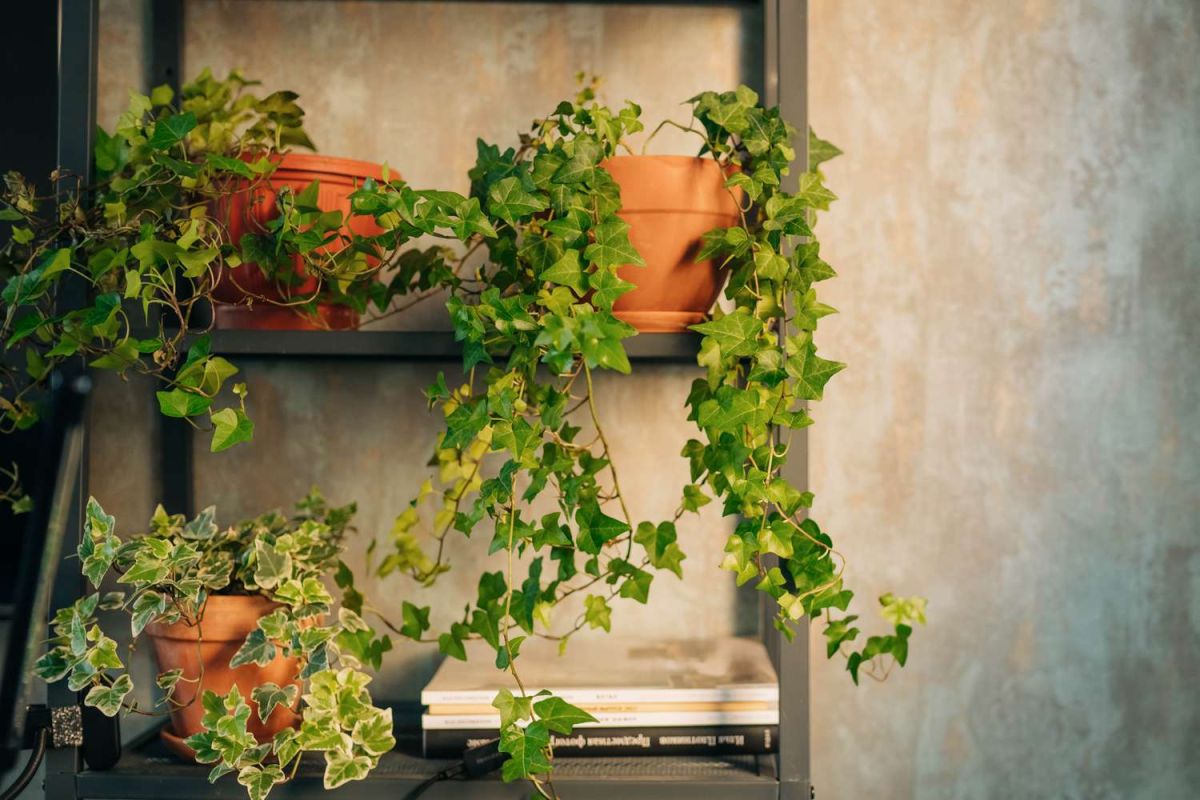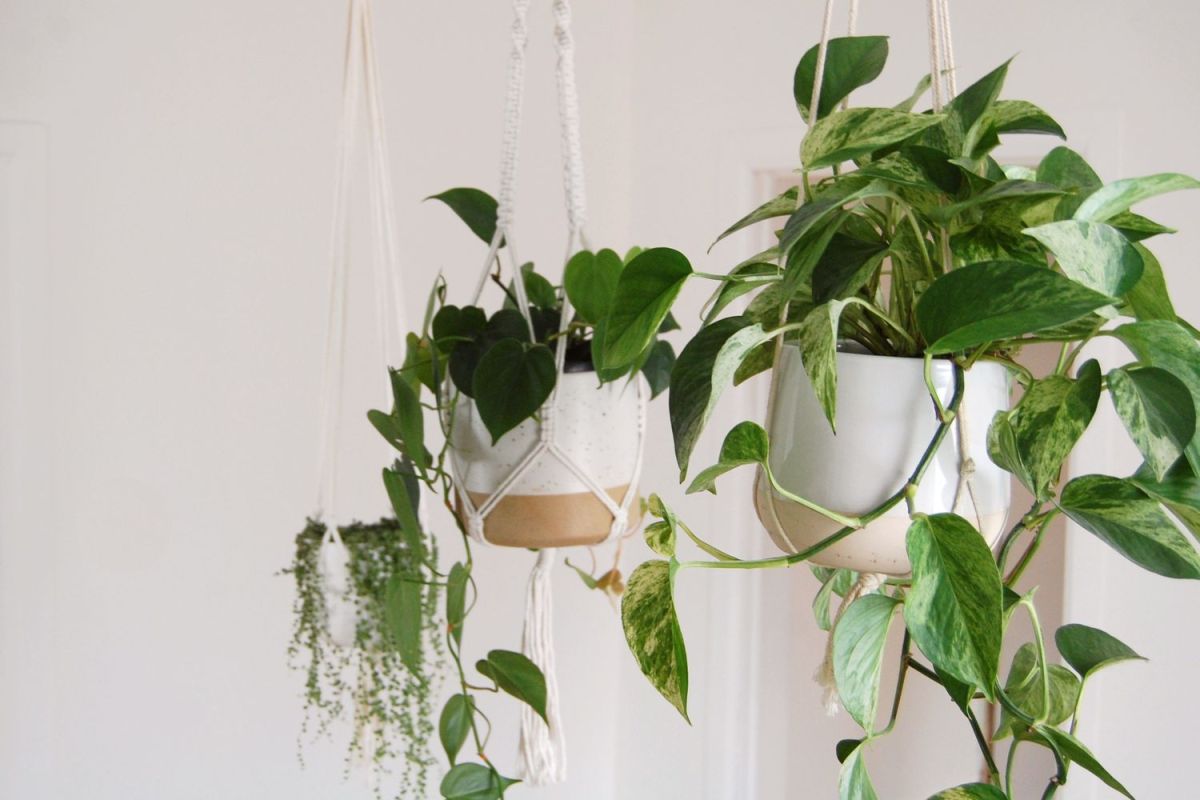Spruce Up Your Space With Lush House Plant Vines!

House Plant Vine: A Guide to Growing and Caring for These Beautiful Indoor Plants
House plant vines have become increasingly popular among indoor gardeners, thanks to their stunning foliage and ability to add a touch of elegance to any space. These trailing plants are not only visually appealing but also offer numerous benefits, such as improving air quality and reducing stress levels. If you’re looking to enhance the aesthetic appeal of your home or office, growing house plant vines can be an excellent choice. In this comprehensive guide, we will explore what house plant vines are, how to care for them, and some popular varieties to consider for your indoor garden.
What Do You Mean by House Plant Vines?
House plant vines, also known as trailing plants, are a category of indoor plants that have long, thin stems that gracefully trail or climb. These plants are characterized by their ability to grow and spread horizontally, often with the help of aerial roots or tendrils. With their unique growth habit, house plant vines can be trained to climb walls, trellises, or even drape gracefully from hanging baskets or shelves. The trailing nature of these plants makes them an ideal choice for adding a touch of greenery to otherwise empty spaces, making them a popular choice for interior decoration.
How to Grow and Care for House Plant Vines?

While house plant vines can be a stunning addition to your indoor garden, it is essential to provide them with the right growing conditions and proper care to thrive. Here are some key factors to consider when growing and caring for house plant vines:
Light:
Most house plant vines prefer bright, indirect light. Placing them near a north or east-facing window is often an ideal choice as they receive enough light without being exposed to direct sunlight, which can scorch their delicate foliage. However, it is essential to note that the light requirements may vary depending on the specific variety of house plant vine you choose.
Water:
The watering needs of house plant vines depend on various factors, including the plant’s size, pot size, and environmental conditions. As a general rule, it’s best to allow the top inch of the soil to dry out before watering again. Overwatering can lead to root rot, so it’s important to strike a balance and avoid keeping the soil overly soggy.
Humidity:
House plant vines thrive in humid environments, as they are naturally adapted to tropical regions. To provide the right humidity level for your vine, you can mist the leaves regularly or place the plant on a humidity tray filled with water and pebbles. Grouping plants together can also create a microclimate with higher humidity levels.
Temperature:
Most house plant vines prefer temperatures between 60°F (15°C) and 75°F (24°C). Avoid exposing them to cold drafts or sudden temperature fluctuations, as these can cause stress and lead to leaf drop.
Soil:
House plant vines prefer well-draining soil that retains some moisture without becoming waterlogged. A mixture of peat moss, perlite, and regular potting soil can provide the right balance of moisture retention and drainage.
Fertilizer:
During the growing season, which typically spans from spring to early fall, you can feed your house plant vine with a balanced, water-soluble fertilizer every two weeks. Dilute the fertilizer according to the package instructions to prevent overfertilization, which can damage the plant’s roots.
Pruning:
Regular pruning is essential to keep your house plant vines looking neat and prevent them from becoming overgrown. Trim back any leggy or unruly growth to maintain a compact shape. You can also propagate new plants from cuttings taken during pruning, expanding your indoor garden collection.
Popular Varieties of House Plant Vines
House plant vines come in various shapes, sizes, and colors, offering a wide range of options to fit your personal style and preferences. Some popular varieties of house plant vines include:
1. Pothos (Epipremnum aureum):
Pothos is a well-loved house plant vine known for its heart-shaped, glossy leaves and easy care requirements. It thrives in low to medium light conditions and can tolerate periods of neglect.
2. Devil’s Ivy (Scindapsus pictus):
Devil’s Ivy, also known as satin pothos or silver vine, is a trailing plant with speckled or marbled leaves that add a touch of elegance to any space. It prefers bright, indirect light and moderate humidity.
3. English Ivy (Hedera helix):
English Ivy is a classic trailing plant that can also be grown as a climber. Its lush, dark green foliage makes it a popular choice for adding a touch of nature to empty corners or walls. It prefers bright, indirect light and slightly cooler temperatures.
4. String of Pearls (Senecio rowleyanus):
String of Pearls is a unique trailing plant with spherical, bead-like leaves that resemble a string of pearls. It prefers bright, indirect light and well-draining soil.
5. Philodendron Brasil (Philodendron hederaceum ‘Brasil’):
Philodendron Brasil is a trailing plant with heart-shaped leaves that have vibrant green and yellow variegation. It thrives in bright, indirect light and requires regular watering.
Conclusion
House plant vines are an excellent choice for indoor gardeners looking to add a touch of greenery and elegance to their space. With their trailing growth habit and beautiful foliage, these plants not only enhance the aesthetic appeal but also provide numerous benefits. By providing the right growing conditions, such as proper lighting, watering, and humidity levels, you can ensure the healthy growth of your house plant vines. Consider popular varieties like pothos, devil’s ivy, English ivy, string of pearls, and philodendron Brasil for a stunning collection of house plant vines in your indoor garden.
FAQs (Frequently Asked Questions)
1. How frequently should I water my house plant vine?
The watering frequency for your house plant vine depends on various factors such as the plant’s size, pot size, and environmental conditions. As a general rule, it’s best to allow the top inch of soil to dry out before watering again to prevent overwatering and root rot. Regularly check the soil moisture level and adjust your watering schedule accordingly.
2. Can I grow house plant vines in low light conditions?
While most house plant vines prefer bright, indirect light, some varieties can tolerate low light conditions. Pothos and devil’s ivy are excellent choices for low light areas. However, keep in mind that these plants may not grow as vigorously or produce as much foliage compared to when they receive optimal light conditions.
3. How do I propagate my house plant vine?
Propagating house plant vines can be done through stem cuttings. Simply take a healthy cutting just below a node, remove the lower leaves, and place the cutting in water or moist soil. After a few weeks, roots will start to develop, indicating successful propagation. Once the roots have grown, you can transfer the new plant to its own pot.
4. Do house plant vines require fertilizer?
Yes, house plant vines benefit from regular fertilization during the growing season. Use a balanced, water-soluble fertilizer diluted according to the package instructions. Overfertilization can harm the plant, so it’s important to follow the recommended dosage. Reduce or stop fertilization during the plant’s dormant period in winter.
5. Can house plant vines be grown outdoors?
While most house plant vines are well-suited for indoor environments, some varieties can be grown outdoors in suitable climates. English ivy, for example, can be planted in gardens to serve as ground cover or to climb walls or trellises. However, it’s important to check the specific requirements of each plant and ensure it is suitable for your climate before transitioning it outdoors.

I am a beginner writer who continues to learn and consistently creates informative articles to express the ideas that I master.